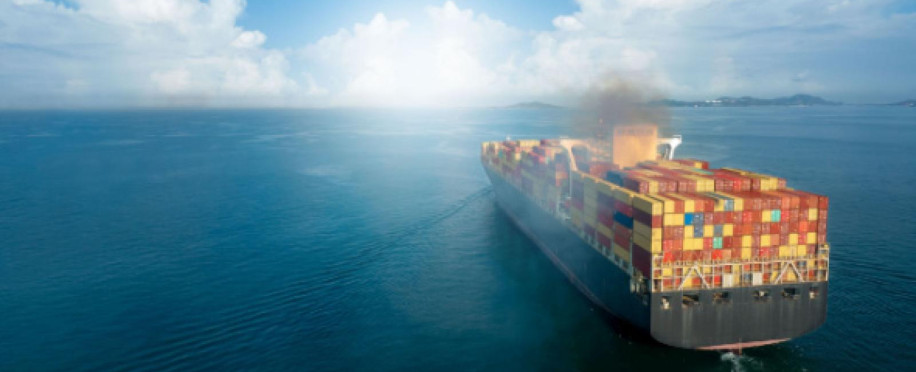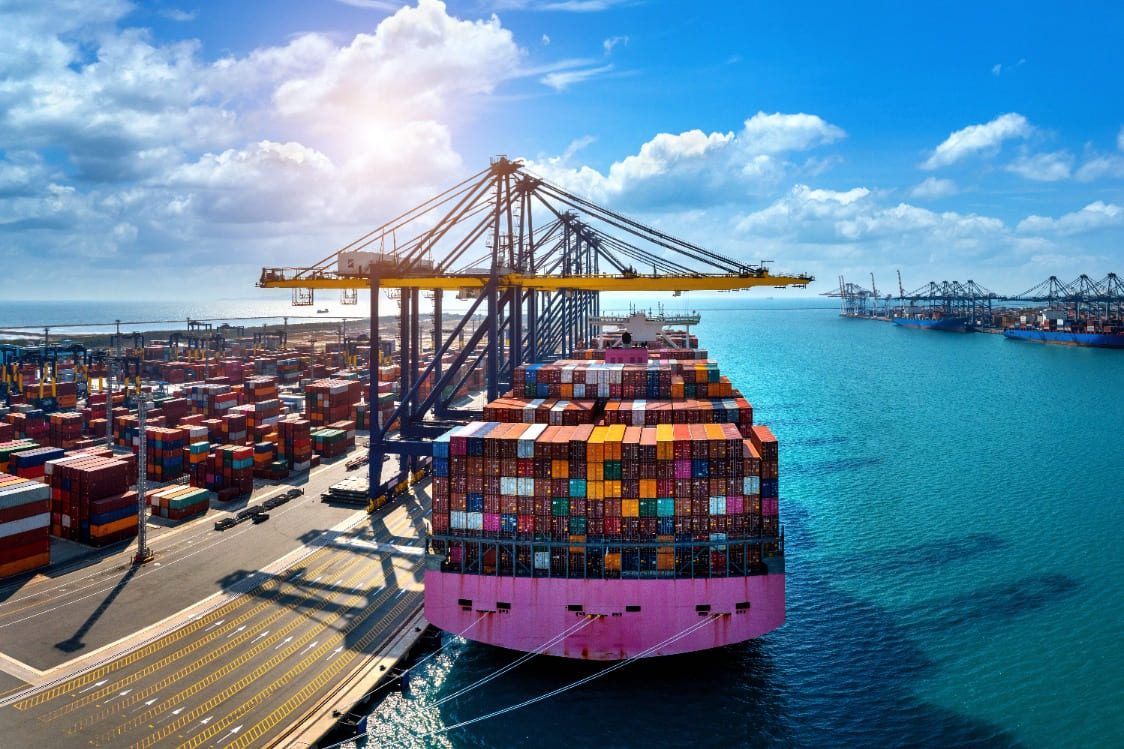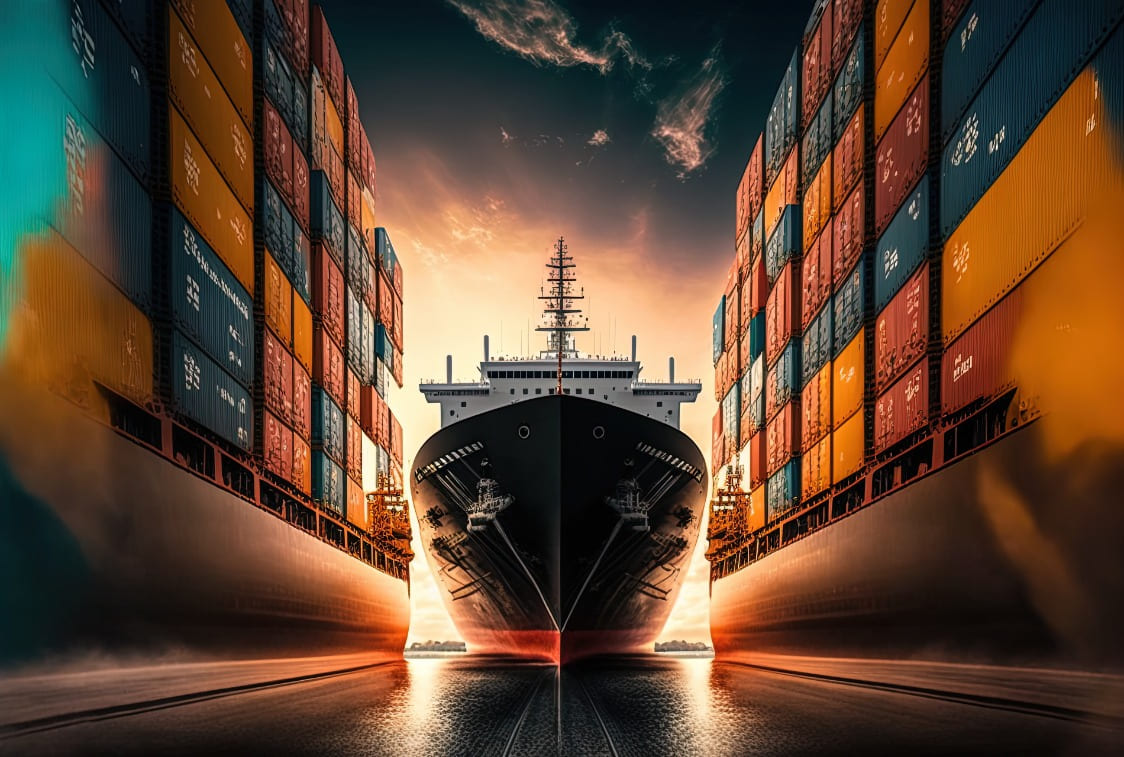Decarbonising Shipping: Strategies for Achieving IMO's Emission Goals

Posted on Aug 24, 2023 at 11:08 PM
For years, the interest in decarbonising shipping challenge has been growing in the maritime industry, with many more and more corporations trying to join the international movements toward green naval shipping.
So, if you are not a part of the decarbonising shipping efforts, then it is time to join this movement; therefore, start by reading more about decarbonising shipping concept, IMO, and the most cited decarbonisation strategies in the shipping industry.
What Is Decarbonising Shipping?
Decarbonising in the maritime industry is all the work and actions by the IMO and international naval companies to decarbonise and decrease the carbon and GHG emissions from the global marine industry.
Moreover, the decarbonising procedure aims to place the maritime sector on the sustainability pathway with a target to lessen the impact of marine shipping, supply chains, and trade on the environment and global temperature.
Thus, in other words, all the decarbonisation works aim to protect our future and help us to live a better life quality with lower carbon emissions.
What Is IMO’s Emission?
IMO stands for International Maritime Organisation, responsible for organising and managing all the vast maritime sector details, including the decarbonisation actions.
However, to be updated and share with you the latest decarbonisation information, we are going to share with you the latest decisions from the IMO’s July 2023 meeting:
Reach net-zero carbon and GHG emissions from regional and international maritime shipping in three decades, with short-term checkpoints of 20-30 % by 2030 and 70-80 % by 2040.
Make zero- or near-zero carbon and GHG energy, fuels, and technologies 5-10 % of shipping’s energy mix by 2030.
Develop a range of marine GHG fuel standards and a maritime GHG emission cost mechanism, which will probably be adopted in 2025 and could enter into force in 2027.
Decarbonising Shipping Target:
After reading the previous, we can say that the ultimate goal of decarbonisation is to protect the environment from the shipping industry's impact through the use of the latest digital shipping management, green fuels, infrastructure, and sustainable marine strategies.
Moreover, reducing the climate change and environmental impacts on the ocean, including global warming and urgent dioxide pollution, with a series of regulatory policies and targets.
5 Decarbonising Shipping Strategies to Achieve IMO’s Emission Goals:
Now that you know the IMO’s emissions goals and the target of the decarbonising shipping sector, it is time to understand what strategies can help you reach this transition action rapidly:

-
Research and Development:
Decarbonising shipping aims to reduce gas emissions from the marine industry, which demands all the maritime working sectors' involvement, including ship, vessel, transitioning report, port, and terminal.
Thus, this process involves deep research and insights into the industry's current operations as the development includes all maritime aspects, not just fuel, vessels, or ship management.
-
Decrease Emissions Per Transport Work:
A high percentage of gas emissions in the maritime industry comes from the transportation sector due to all the attached processes and investments.
Transportation includes producing energy through fuel and waste disposal, cargo staging and moving, and workforce requirements.
-
Use Zero GHG Marine Fuels:
Today, many companies are working to decrease the decarbonise level by using alternative options, like near-zero or zero GHG fuel emissions.
Using this fuel will empower the decarbonising maritime shipping strategies, as it will significantly impact international GHG emissions reduction, compared to pre-used fuels, because the naval industry represents 80% of the existing international freight shipping.
However, remember that ships powered with zero GHG fuel meet the same propulsion as any other working ship.
-
Develop Associated Needed Infrastructure:
As we said, the decarbonising shipping agenda does not include one step but an exploring path, and therefore, you must take care of your infrastructure to make the operation work more efficiently.
More than that, this must include all the used tools, machines, inventories, technology, terminal stations, and more, alongside Shipping Management training courses in London and other professional course training for your working teams.
-
Update Shipping with AI Tools and Software:
Maritime automation is an excellent step for your maritime business development. It plays a significant role in planning the best working strategy, updating your financial plans, and boosting employee productivity.
All this work efficiency will reduce maritime gas emissions and help decarbonise the shipping approach in the best potential way based on your progress policy.
Eventually,
After sharing all these required details with you, you must know and appreciate all the actions toward decarbonising shipping.
Thus, join this fantastic maritime international movement with all you can, and remember to update your tools and train your team to reach unique and more efficient results.
Related Articles
There are no articles!


